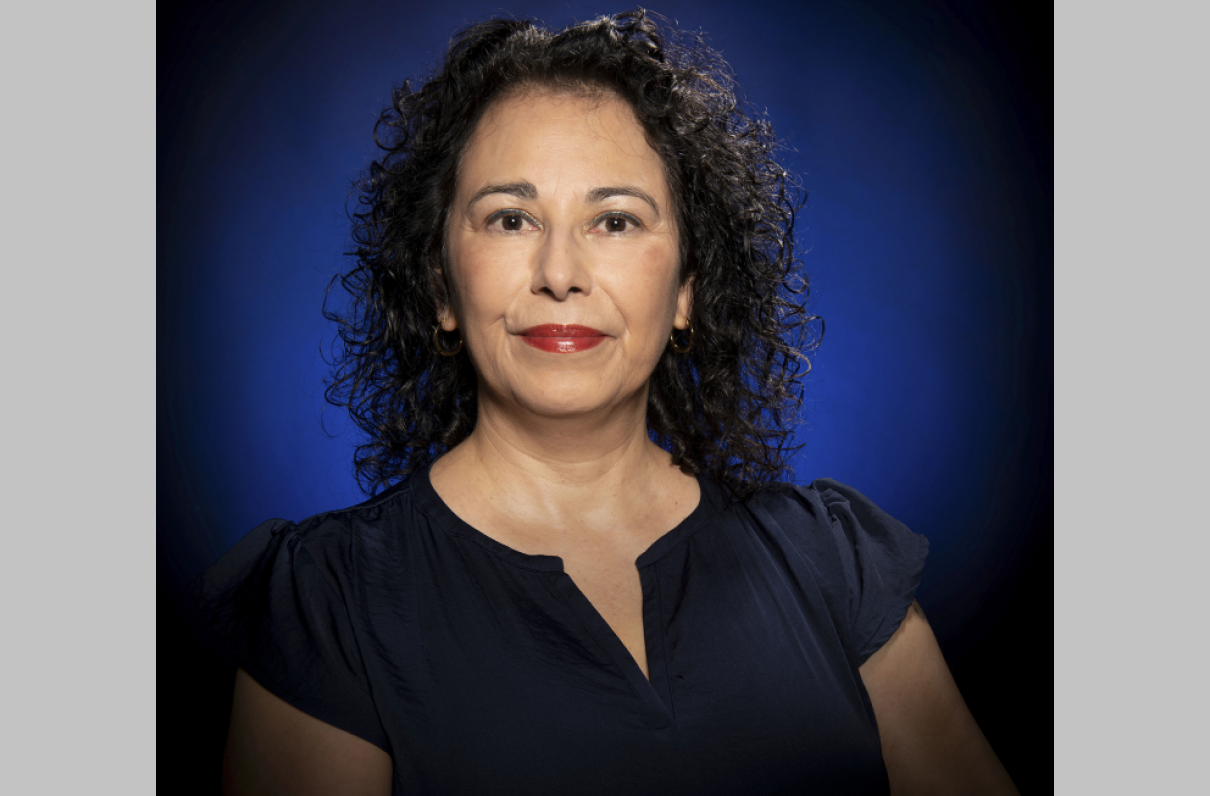(This article by military culture reporter Charlsy Panzino originally appeared in the October 2021 issue of Military Officer, a magazine available to all MOAA Premium and Life members. Learn more about the magazine here; learn more about joining MOAA here.)
Retired Col. Lisa Carrington Firmin spent her 30 years in the Air Force leading others and helping them to succeed, all while being looked at as a role model for Hispanic servicemembers. She served with U.S. Strategic Command, at the Pentagon in Arlington, Va., and as a squadron and group commander before she retired in 2010. Firmin, a MOAA member, always knew she wanted to be a leader, and as the daughter of a master sergeant in the Air Force, she wanted to pay her country back.
Q. Why did you decide to join the Air Force, and what did you enjoy most during your military career?
A. My father was a master sergeant in the Air Force, and he always told me it would be an option for me to come into the military, but he was adamant that I would go to college first. I wanted to be a leader, period, and the military offered me an opportunity to do that immediately. … What I enjoyed the most was leadership. I worked toward being the best leader I could. … I enjoyed the challenge of leadership, but I also enjoyed the satisfaction of helping others and seeing others develop and grow. … Being a commander was very important to me because you truly are responsible, and the weight of command is heavy. The burden is heavy, but so is the satisfaction.
[RELATED: MORE MOAA Members in the Spotlight]
Q. How are you supporting young servicemembers?
A. I work at the University of Texas at San Antonio, and I founded the veterans affairs department. The university has over 5,000 military-affiliated students, so to me, it was really important to create a safe space for them that would be able to kind of integrate all the places they needed to traverse on the campus. Instead of going to four different locations, they could come to one place, and we could take care of them — whether it’s their benefits or helping them be more successful on campus.
[RELATED: Vision of the Future: MOAA Celebrates Hispanic Heritage Month]
Q. What are you doing to help get more Hispanic servicemembers in leadership roles?
A. I’m part of the Hispanic Veterans Leadership Alliance. Their goal is to try to help services basically reflect the enlisted troops that they lead and the public they protect. Leadership does not reflect the people in the military or the public that we serve. … I’ve always felt very strongly about helping others be successful, and I saw a gap for underserved populations, especially Hispanics. As I got promoted, I looked around, and there was no one that looked like me.
When other servicemembers would come up to me and say, “Wow, I’ve never seen a Latina at your rank,” even before I put colonel on, I realized I was a role model. … It’s hard to be what you cannot see. … I wrote research at the Air War College in 2002 about Hispanics being an untapped leadership resource. Sadly, we’re still at the same level.
Now, I’m cautiously optimistic. ... The Air Force [has] created several groups, barrier analysis working groups. These groups are focused on several different sub-populations. … In March, I spoke to the working group and gave them advice on how to support and fund these groups.
Q. What advice do you have for servicemembers?
A. They have to learn to advocate for themselves. If your boss doesn’t ... allow [for] growth and professional development, you need to try to demand that for yourself and from your chain of command. First, you need to be competent and the best at your job. For us, mi gente, we know we have to work harder than the average person because we are looked at in certain ways. Second, I advise people to take assessments to learn more about your traits and tendencies so you can learn to mitigate weaknesses and leverage strengths. . … Third, they must define success for themselves. Too many times, we’re on a path because our parents told us to do it or our significant other told us … it wasn’t because we chose it.
Download MOAA’s Officer’s Guide
For more resources on deployments, PCS moves, educational and professional development, transitioning and more.
